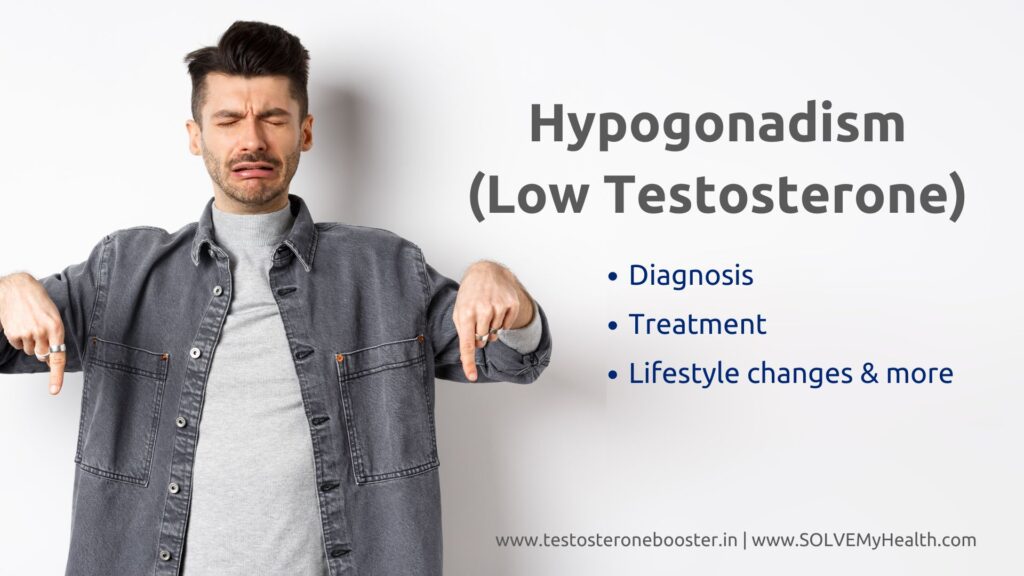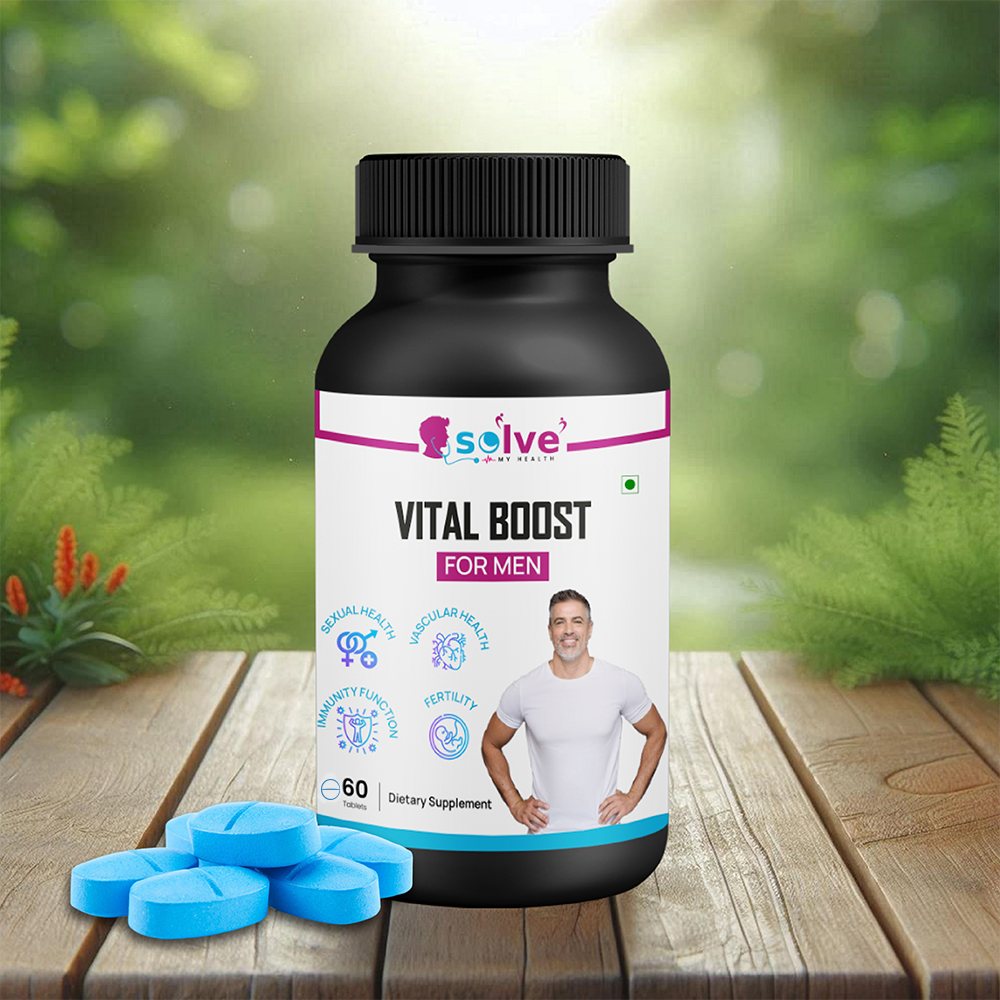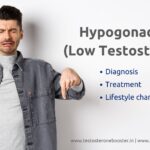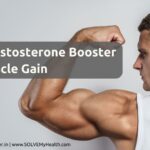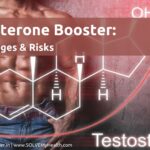Low testosterone, medically termed hypogonadism, is a condition that affects many men but often remains undiagnosed due to a lack of awareness about its symptoms. Testosterone, the primary male sex hormone, plays a critical role in various aspects of male health. It influences energy levels, muscle strength, bone density, libido, and overall mood. When testosterone levels decline, men can experience significant physical and emotional changes that impact their quality of life. Understanding this condition is crucial for early diagnosis and effective treatment.
What is Testosterone?
Testosterone is a hormone primarily produced in the testes and, to a lesser extent, in the adrenal glands. It is vital for maintaining various bodily functions. While it is often associated with sexual health, testosterone’s influence extends far beyond libido and reproduction. It supports the development and maintenance of muscle mass, bone strength, and red blood cell production. Additionally, it affects fat distribution, energy levels, and mood stability.
A decrease in testosterone can disrupt these functions, leading to noticeable changes. For instance, men with low testosterone may experience reduced physical energy, diminished muscle strength, and an overall decline in mental well-being.
Causes of Low Testosterone
Hypogonadism can occur due to various reasons, broadly categorized into primary and secondary causes.
Primary hypogonadism occurs when the testes cannot produce enough testosterone even though the brain sends proper signals for stimulation. Common causes include genetic disorders like Klinefelter syndrome, testicular injuries or infections, exposure to radiation or chemotherapy, and the natural aging process.
Secondary hypogonadism, on the other hand, happens when the brain’s signalling to the testes is disrupted. This involves issues with the hypothalamus or pituitary gland, which regulate hormone production. Factors contributing to secondary hypogonadism include chronic illnesses such as diabetes or kidney disease, obesity, hormonal imbalances, and the use of certain medications like opioids or corticosteroids
Lifestyle factors play a very important role in testosterone decline. Poor diet, lack of physical activity, excessive alcohol consumption, and chronic stress can all contribute to reduced hormone levels.
Does Low Testosterone (Hypogonadism) affect penis and testes size?
In hypogonadism, particularly when it occurs during developmental stages such as childhood or adolescence, the penis and testes may not develop to their normal adult size. This is because testosterone, the primary hormone responsible for male sexual development, is either insufficient or absent.
- Penis Size: In cases of pre-pubertal hypogonadism, the penis may remain smaller than average due to the lack of testosterone necessary for growth during puberty. This condition is often referred to as micropenis if the size is significantly below the expected range.
- Testes Size: The testes may also remain smaller than normal, as they rely on hormonal stimulation (testosterone and luteinising hormone) for growth and sperm production. Small testes are a common clinical sign of hypogonadism.
In adults who develop hypogonadism later in life, the penis and testes do not typically shrink, but there may be changes in function, such as reduced libido, erectile dysfunction, or decreased sperm production. Proper diagnosis and treatment, such as testosterone replacement therapy, can help manage the symptoms and support normal development in younger individuals or restore hormonal balance in adults.
Symptoms of Low Testosterone Levels
Symptoms of low testosterone can vary widely among individuals, often depending on the severity of the hormone deficiency. Early recognition of these signs is key to seeking timely medical advice.
One of the most common indicators is a reduced libido. Testosterone is directly linked to sexual desire, and its decline often results in a noticeable loss of interest in intimacy. In some cases, men may also experience difficulty achieving or maintaining erections, as testosterone plays a role in stimulating the production of nitric oxide, a compound essential for proper blood flow.
Also Read: Azoospermia – Infertility Treatment and more
Another prevalent symptom is persistent fatigue. Men with low testosterone often report feeling unusually tired despite adequate rest, accompanied by a lack of motivation or physical energy. This fatigue can be compounded by a loss of muscle mass and strength. Testosterone is crucial for muscle development, and declining levels may lead to muscle weakening and a less toned physique.
Changes in body composition, such as increased fat accumulation are also common. This weight gain can worsen hormonal imbalances, creating a cycle of declining testosterone. Emotional and cognitive symptoms, including mood swings, irritability, anxiety, and difficulty concentrating, may further impact an individual’s quality of life.
Diagnosing Low Testosterone
If you suspect low testosterone, consulting a healthcare professional is essential for proper diagnosis. The diagnostic process typically involves multiple steps:
- Medical History and Symptom Evaluation: Your doctor will begin by reviewing your symptoms, lifestyle habits, and any underlying medical conditions that may contribute to hypogonadism.
- Blood Tests: Measuring testosterone levels is critical. Since testosterone levels fluctuate throughout the day, blood samples are usually collected in the morning when levels are at their peak. A total testosterone level below 300 ng/dL is generally considered low.
- Tests: To determine the root cause, your doctor may order further tests, such as hormone panels, imaging studies (like an MRI), or assessments of pituitary function.
Treatment Options for Low Testosterone
Fortunately, low testosterone is a treatable condition. The choice of treatment depends on the underlying cause, the severity of symptoms, and individual health considerations. Below are the primary treatment approaches:
Testosterone Replacement Therapy (TRT)
TRT is the most common treatment for low testosterone. It involves supplementing the body’s natural testosterone levels through external sources. Testosterone Replacement Therapy (TRT) is available in several forms. Testosterone injections are one of the common treatment methods for hypogonadism. Topical gels and creams are yet another option that can be applied directly to the skin, allowing testosterone to absorb into the bloodstream. Testosterone patches, worn daily, provide a steady release of the hormone throughout the day. Implants consist of small pellets inserted under the skin, which gradually release testosterone over time.
Each method offers a different approach to maintaining hormone levels based on individual needs and preferences. TRT can improve libido, muscle mass, energy levels, and mood. However, it may have side effects, such as acne, sleep apnea, or an increased risk of certain health conditions. Regular monitoring by a doctor is essential to ensure safe and effective treatment.
Lifestyle Modifications
For some men, simple lifestyle changes can naturally boost testosterone levels. Adopting a healthier routine can lead to significant improvements:
- Exercise: Regular physical activity, especially resistance training and high-intensity interval training (HIIT), stimulates testosterone production.
- Healthy Diet: Consuming a balanced diet rich in protein, healthy fats, and essential nutrients supports hormone health.
- Adequate Sleep: Poor sleep patterns can lower testosterone levels. Aim for 7-9 hours of quality sleep each night.
- Stress Management: Chronic stress increases cortisol levels, which can suppress testosterone production. Techniques like mindfulness, yoga, and relaxation exercises can help. Supplementations such as magnesium glycinate along with such mindfulness techniques and exercises can be helpful
Weight Management: Maintaining a healthy weight reduces the risk of hypogonadism linked to obesity.
Addressing Underlying Conditions
If low testosterone results from an underlying medical condition—such as diabetes, thyroid disorders, or chronic illnesses—treating the root cause can help restore hormone balance.
Medications
In cases where TRT is not suitable, medications like Clomiphene citrate may be prescribed by your doctor. Clomiphene Citrate is a medication primarily used to treat infertility, particularly in women with ovulatory dysfunction. However, it is also sometimes prescribed off-label to treat low testosterone levels in men, especially those with hypogonadism. It works by stimulating the pituitary gland to release more luteinizing hormone (LH) and follicle-stimulating hormone (FSH), which in turn signals the testicles to produce more testosterone.
In men, Clomiphene citrate can help restore normal testosterone levels without affecting sperm production, making it a preferred option for men who want to preserve fertility. It is commonly used in cases of secondary hypogonadism, where the problem originates in the hypothalamus or pituitary gland rather than in the testes themselves.
Common Concerns About Low Testosterone Levels
Many men have questions about the long-term implications of low testosterone and its treatment. Below are answers to some frequently asked questions:
- Can low testosterone cause infertility? Yes. Testosterone is essential for sperm production, and low levels can affect fertility. However, specific treatments can address this issue.
- Are there natural ways to increase testosterone? Yes. Regular exercise, a healthy diet, supplementation, weight loss, and stress reduction can all contribute to naturally boosting testosterone levels.
- Is TRT safe for long-term use? When monitored by a qualified medical doctor, TRT is generally safe. However, regular follow-ups are necessary to manage potential side effects and ensure optimal outcomes.
Boost Testosterone Naturally with SOLVE VitalBoost for Men
Low testosterone can significantly affect physical, emotional, and sexual health, but early recognition and timely action can make a substantial difference. Symptoms like fatigue, low libido, mood swings, and muscle loss should not be ignored. In addition to lifestyle changes such as regular exercise, a healthy diet, stress management, and sufficient sleep, supplements can offer effective support.
Among the top options, SOLVE VitalBoost for Men stands out. This supplement is specially formulated with clinically researched ingredients like L-Citrulline, which improves blood flow, Zinc, which supports testosterone production, and Coenzyme Q10, which enhances energy and reduces oxidative stress. These nutrients help improve sexual health, maintain testosterone levels, and boost overall vitality.
VitalBoost also includes folic acid to improve sperm motility and antioxidants like CoQ10, Vitamin C, and Vitamin E, which reduce oxidative stress and improve sperm quality. Manufactured under strict quality controls, VitalBoost ensures high safety and efficacy standards. While not a cure for erectile dysfunction, it complements lifestyle changes by providing essential nutrients for better sexual health and confidence.
For those seeking a cost-effective, natural, and side-effect-free way to maintain testosterone levels long-term, VitalBoost for Men is an excellent choice. By combining supplements like VitalBoost with positive lifestyle changes, men can reclaim vitality, improve well-being, and lead a more fulfilling life.


